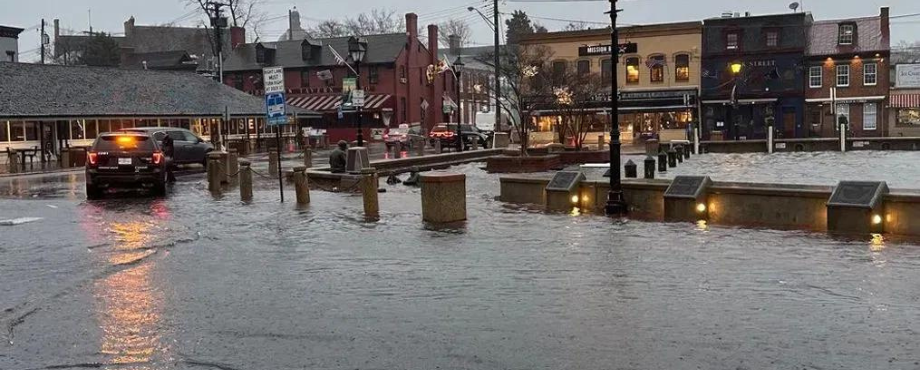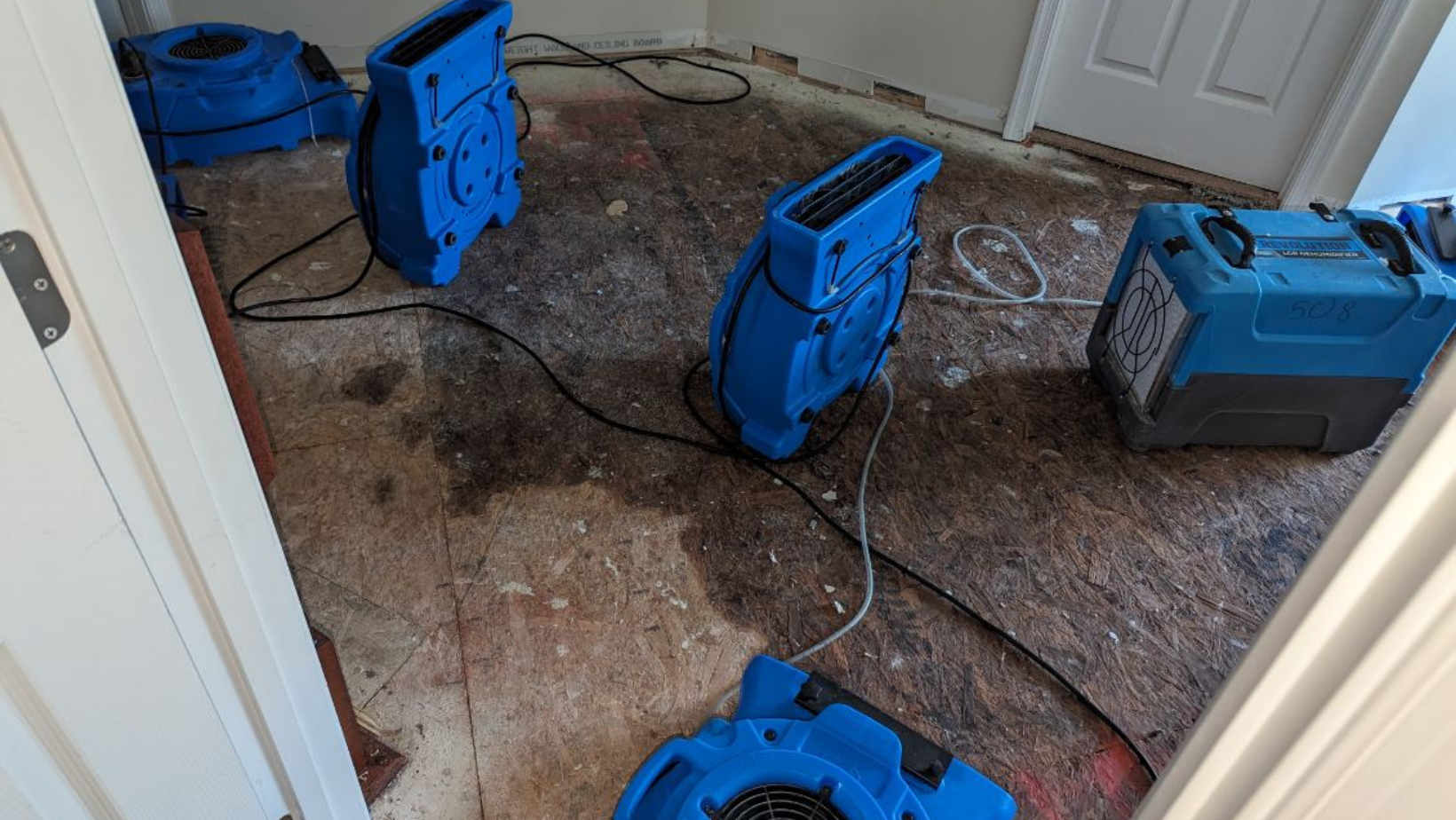At Top to Bottom Renovation, we believe that knowledge is crucial in dealing with water-related challenges. Groundwater flooding is a unique phenomenon that requires specific attention due to its distinct characteristics and implications for flood damage.
What is Groundwater Flooding?
Groundwater flooding occurs when the water table rises to the point where water infiltrates buildings, basements, or low-lying areas. Unlike surface water flooding, which results from rivers, lakes, or heavy rainfall, groundwater flooding originates from below the ground surface.
Causes of Groundwater Flooding:
1. Excessive Rainfall: Prolonged periods of heavy rain can saturate the soil, leading to rising groundwater levels.
2. High Water Table: Areas with naturally high water tables are more susceptible to groundwater flooding, especially during rainy seasons.
3. River or Coastal Flooding: Groundwater levels can rise as a result of nearby rivers or coastal areas flooding, impacting the local water table.
Duration:
Groundwater flooding can persist for an extended period, often lingering after surface water flooding has subsided. The duration depends on factors such as the rate of rainfall, soil permeability, and the natural drainage capacity of the affected area.

Most Common Areas:
Groundwater flooding is more prevalent in low-lying areas and regions with specific geological characteristics, including:
1. Coastal Regions: Areas near coastlines may experience rising groundwater levels due to a combination of rainfall and tidal influences.
2. Clayey Soils: Soils with low permeability, such as clay, are more prone to retaining water, contributing to rising groundwater levels.
3. River Basins: Proximity to rivers can influence groundwater levels, especially during periods of increased river flow.
Implications for Flood Damage:
1. Structural Damage: Prolonged exposure to elevated groundwater levels can lead to structural damage, particularly in basements and foundations.
2. Mold Growth: Persistent damp conditions resulting from groundwater flooding create an ideal environment for mold growth, posing health risks and requiring thorough remediation.
3. Property Devaluation: Properties prone to recurrent groundwater flooding may experience decreased market value due to the associated risks and challenges.
4. Long-Term Impact: Unlike surface water flooding, which may recede relatively quickly, the effects of groundwater flooding can endure, requiring comprehensive mitigation strategies.

Understanding the unique nature of groundwater flooding is essential for property owners in vulnerable areas. If you suspect or are experiencing groundwater flooding, it is advisable to seek professional assistance promptly. At Top to Bottom Renovation, we provide expert guidance and solutions to address the implications of groundwater flooding, helping you protect your property and mitigate potential damage.



